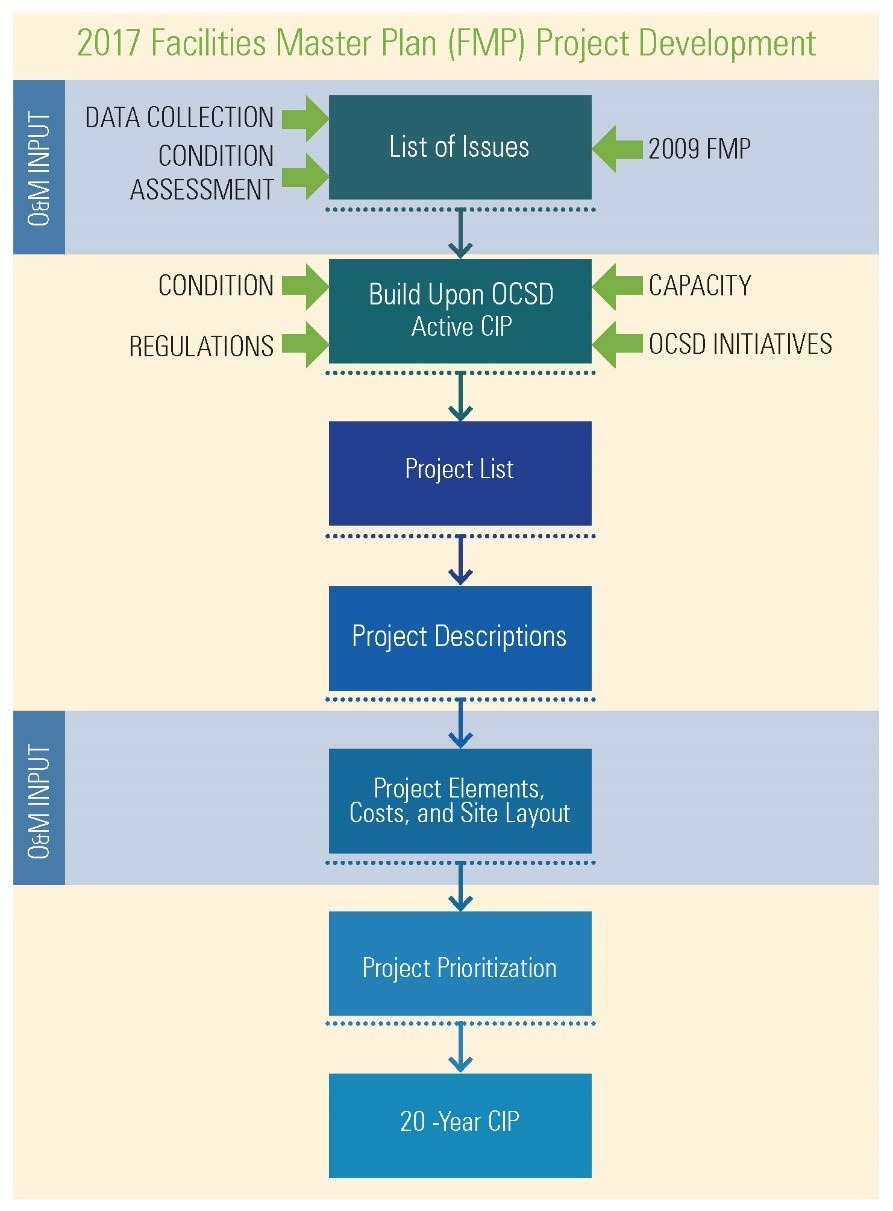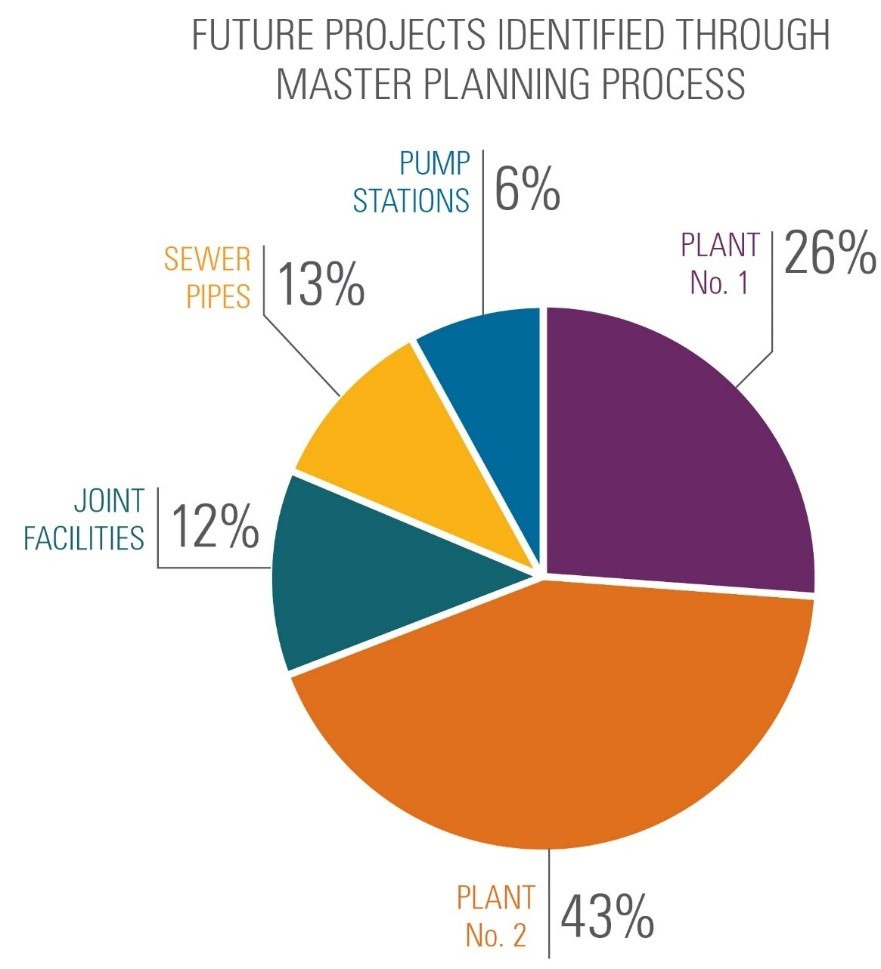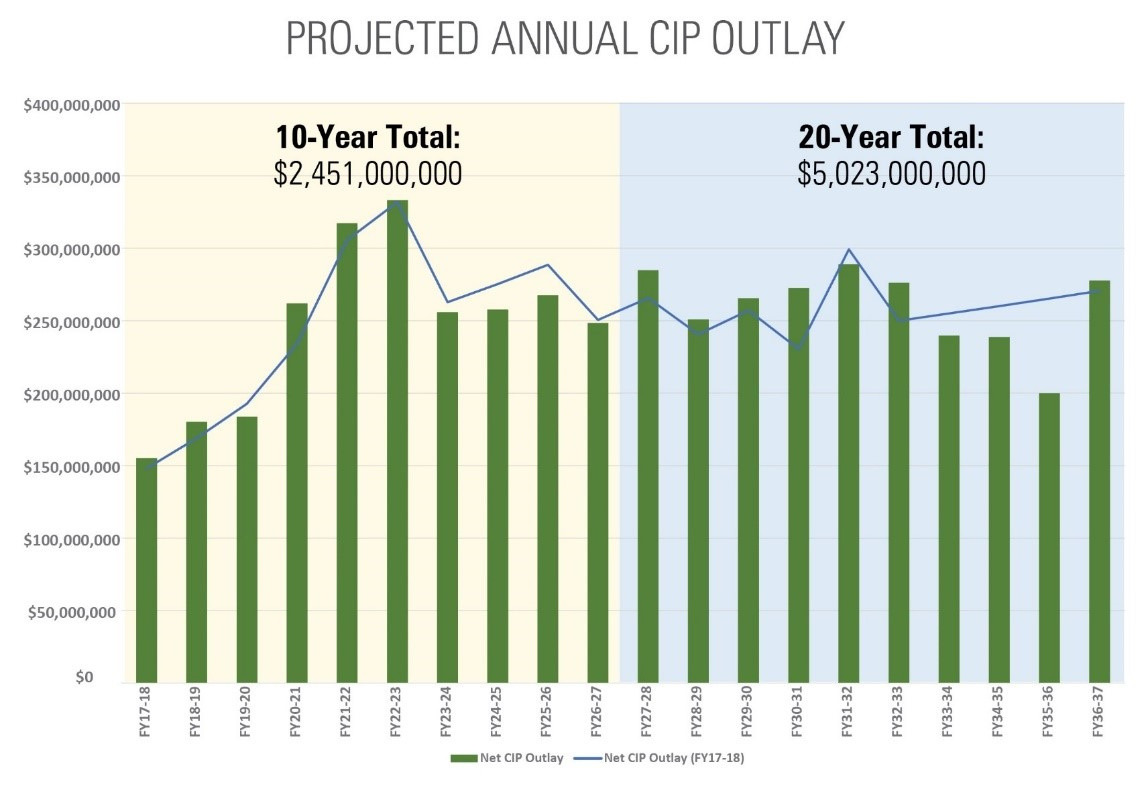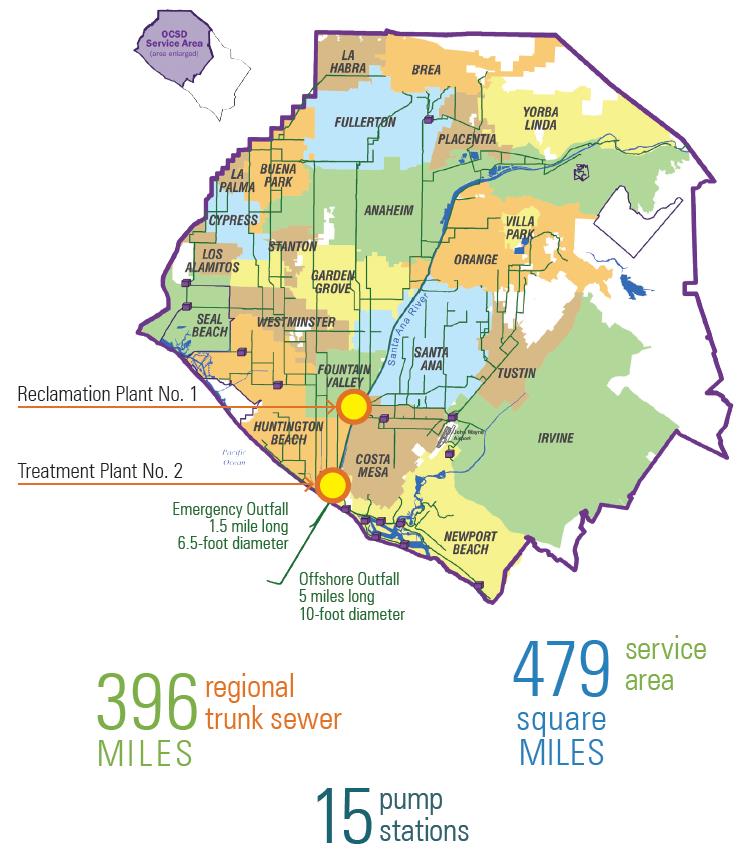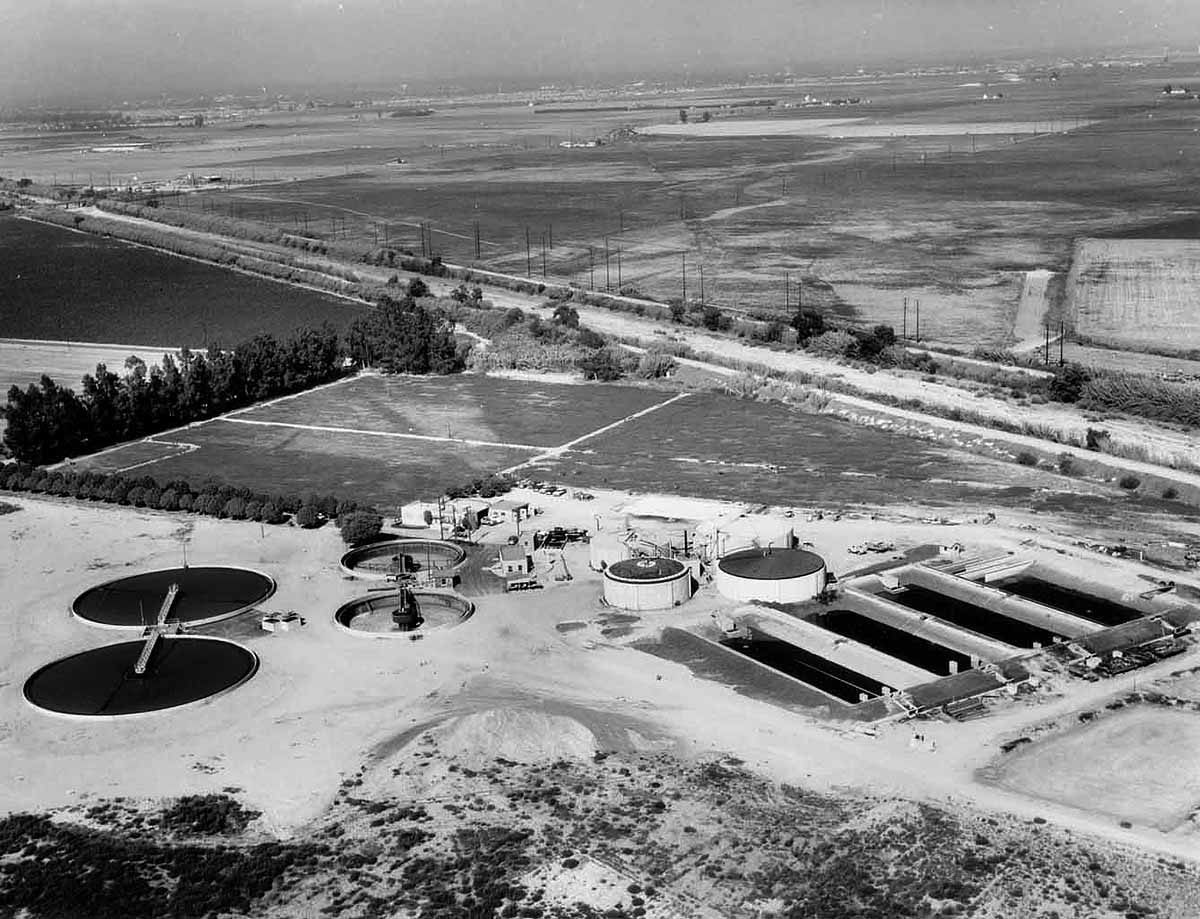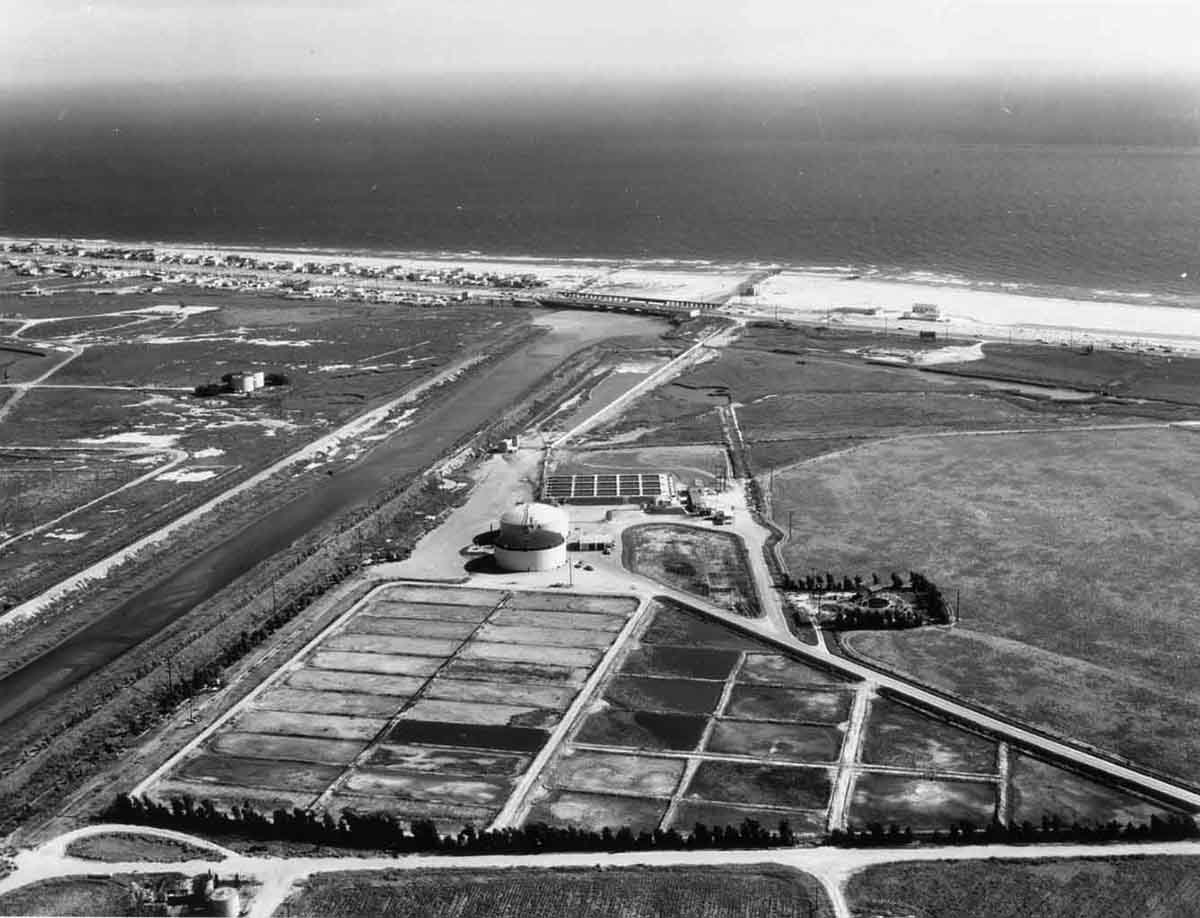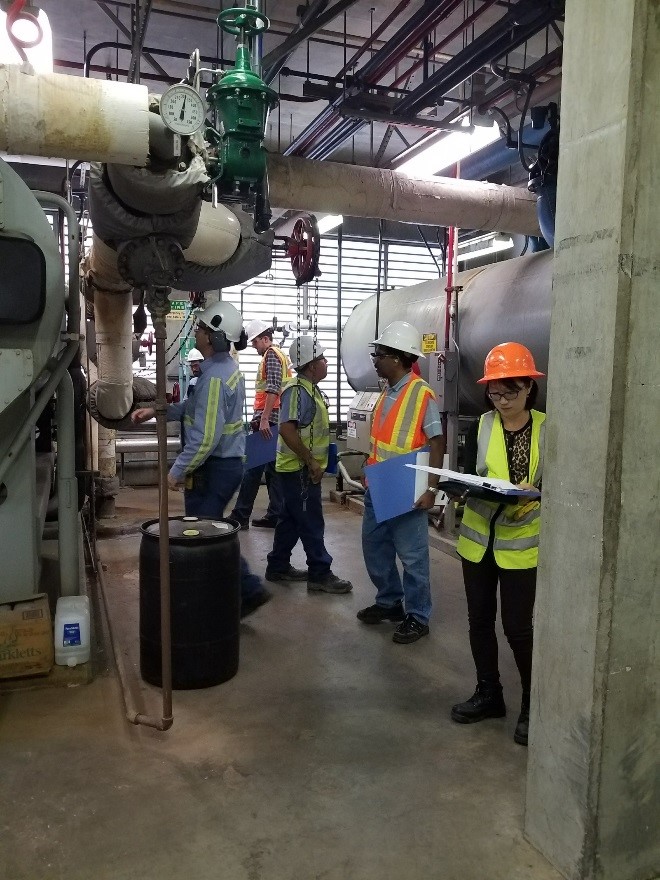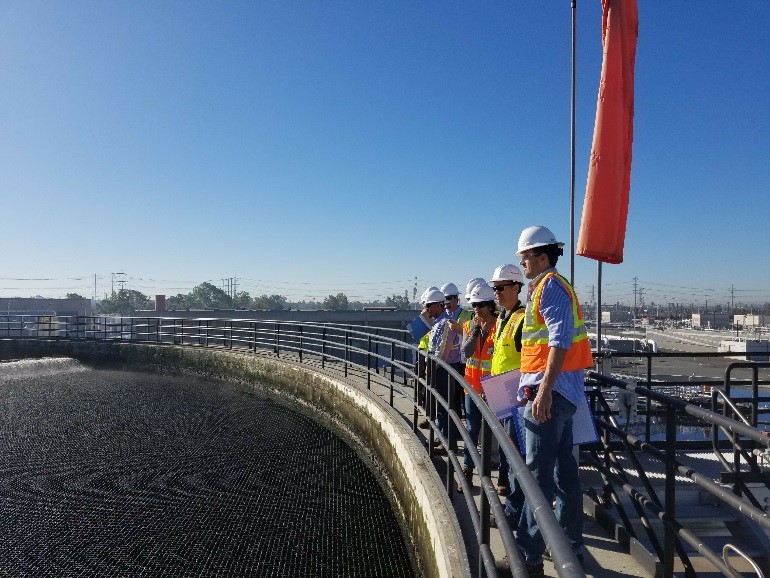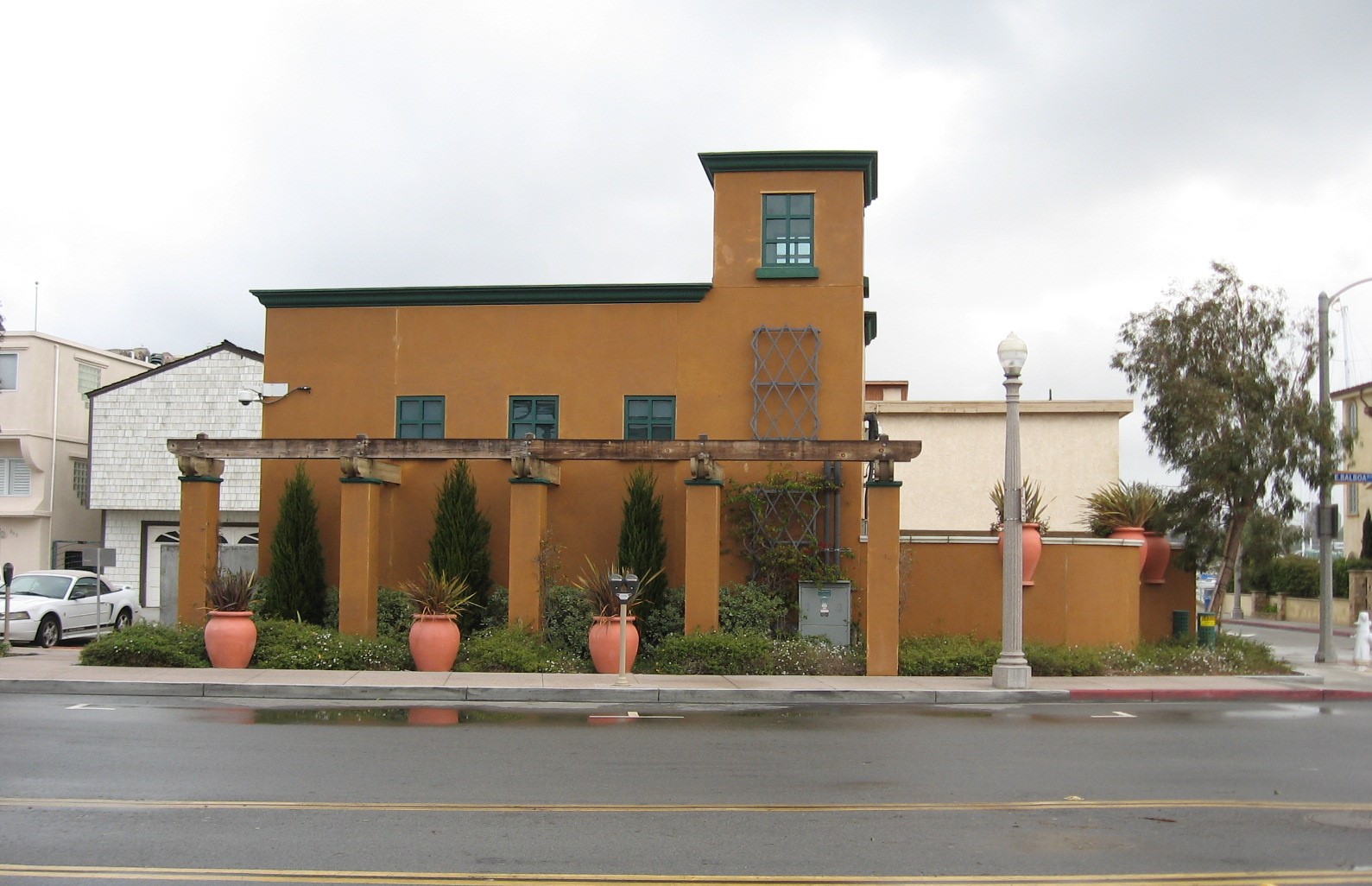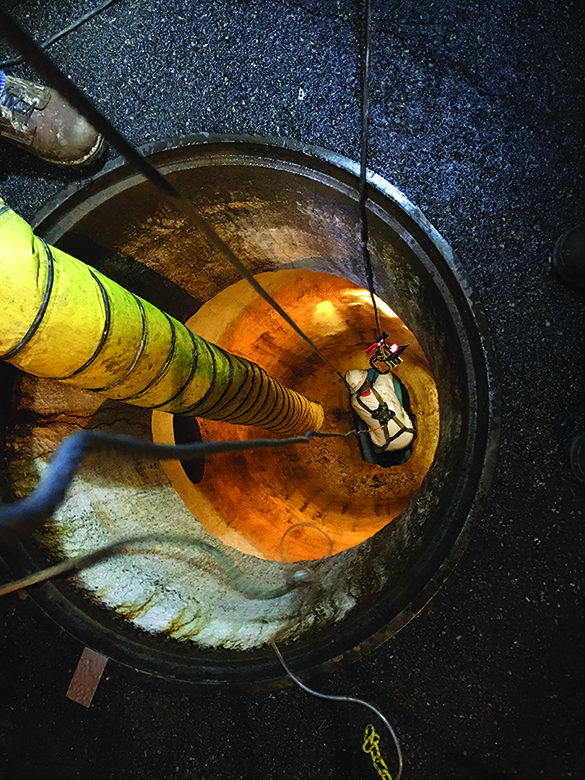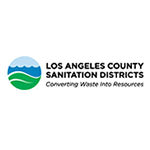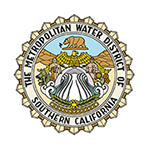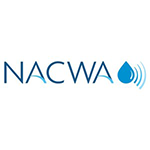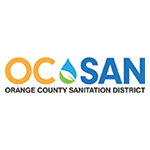- Home
- Contact Us
- News & Events
- Awards
- AAEES Awards Criteria
- 40 Under 40 Recognition Program
- Edward J.Cleary Award
- Excellence in Environmental Engineering and Science Education
- Gordon Maskew Fair Award
- Honorary Member
- International Honorary Member
- Ralph and Joe Bales Graber Science Award
- Stanley E. Kappe Award
- Environmental Communications Awards Competition
- Excellence in Environmental Engineering and Science Competition
- The AAEES Chapter Blue Marble Award
- Resources
- AAEES Microcredentials
- AAEES Press Releases
- AAEES Website How To VIdeos
- Environmental Engineer and Scientist
- Environmental Engineering Body of Knowledge
- PFAS Resources
- Specialty Examination Guide
- Students and Young Professionals Resources
- Who's Who in Environmental Engineering & Science®
- Leadership Opportunities
- Membership
- Donate
- Jobs
2019 Excellence in Environmental Engineering and Science® Awards Competition Winner
Honor Award - PlanningWastewater Collection and Treatment Facilities Master PlanEntrant: Orange County Sanitation District Entrant Profile Orange County Sanitation District (OCSD) is a publicly-owned water resource recovery facility that provides wastewater collection, treatment, and disposal services for approximately 2.6 million people in central and northwest Orange County, California. OCSD has two treatment plants that treat residential, commercial, and industrial wastewater; Plant No. 1 in Fountain Valley and Plant No. 2 in Huntington Beach. Together both plants currently treat nearly 185 million gallons per day (mgd). Over the years, OCSD has evolved from a wastewater treatment facility to a resource recovery facility that treats wastewater as the resource that it is, not a waste. Every day at OCSD, wastewater is being converted into clean water, energy, and soil amendments. To assure OCSD's capability to meet regulatory requirement, future capacity demands, level of service goals, and to meet our Board of Director's policies for enhanced resource recovery and energy independence, OCSD completed a Wastewater Collection and Treatment Facilities Master Plan in 2017 to lay out a 20-year Capital Improvement Program (CIP) that coordinates and optimizes the refurbishment and replacement of our collection system and treatment facilities. The 2017 Wastewater Collection and Treatment Facilities Master Plan was performed by OCSD staff and a consultant team comprised of Carollo Engineers and Brown and Caldwell. Project DescriptionOverviewOCSD recently completed capital expenditures of over $500 million for transition of their two treatment plants to full secondary, as well as improvements to provide over 100 MGD of secondary effluent to Orange County Water District's (OCWD) Groundwater Replenishment System (GWRS) for potable reuse. OCSD is now facing a time when dry-weather influent flows have decreased, ocean outfall discharge flows have decreased (due to recycling), and discharge regulations have stabilized. When the Wastewater Collection and Treatment Facilities Master Plan (Facilities Master Plan) project was started, OCSD staff acknowledged that capacity and emerging regulations were important and required evaluation; however, the challenge was addressing rehabilitation and replacement of their aging infrastructure. With lower flows and aging infrastructure, much of the capital improvements and ongoing operational costs will be focused on infrastructure maintenance, asset management, and resiliency. Integrated ApproachThe Facilities Master Plan effort included integration of ongoing initiatives and recent master planning efforts to create a CIP that is focused on strategic goals set by OCSD's Board of Directors. The initiatives/efforts incorporated include:
QualityWith the completion of the Facilities Master Plan, OCSD moved from a 20-year CIP consisting of projected cashflow based on percentages of total asset values to a CIP that is based on compilation of well-defined projects with thorough project descriptions, cost estimates and schedule. The proposed 20-year CIP resulted in a rate increase of 1.2 percent annually for the next five years, which is less than the anticipated rate of inflation. The OCSD Board of Directors unanimously adopted the Facilities Master Plant in December 2017, solidifying OCSD's commitment to the proposed CIP that will provide a sustainable and reliable wastewater collection, and treatment and resource recovery facility for central and northern Orange County. InnovationThe condition assessment of OCSD's collection system pipelines were evaluated using Closed Circuit Television (CCTV) inspections focusing on the structural defects that could be indicative of renewal or repair needs. The data was extracted from approximately 1,100 databases, including over 53,000 defects for approximately 7,000 surveys spanning over 20 years. Rigorous refinement of the data to eliminate duplicate data was conducted before the data was imported into a GIS- based asset integrity management and capital planning software called InfoMaster for further analysis. InfoMaster was used to generate defect scores for each pipe segment. The software allows quick reviews of the CCTV inspections by skipping from one defect to the next with a press of a button. The use of InfoMaster allows users to accurately estimates the likelihood of failure. ComplexityThe Facilities Master Plan provided a framework for a very complex 20-year CIP; with over 80 well defined capital projects, each complete with project justification, project description, cost estimate, and an implementation schedule. Highlights of the proposed CIP plan includes:
The Facilities Master Plan established a clear and concise road map which is essential for maintaining reliable and resilient facilities to protect public health. Contribution to Social and Economic AdvancementThe following OCSD's Mission Statements were the guiding principles during the preparation of the Facilities Master Plan:
The Facilities Master Plan resulted in the following social and economic benefits:
Click images to enlarge in separate window. Click here to return to the list of 2019 winners. |

